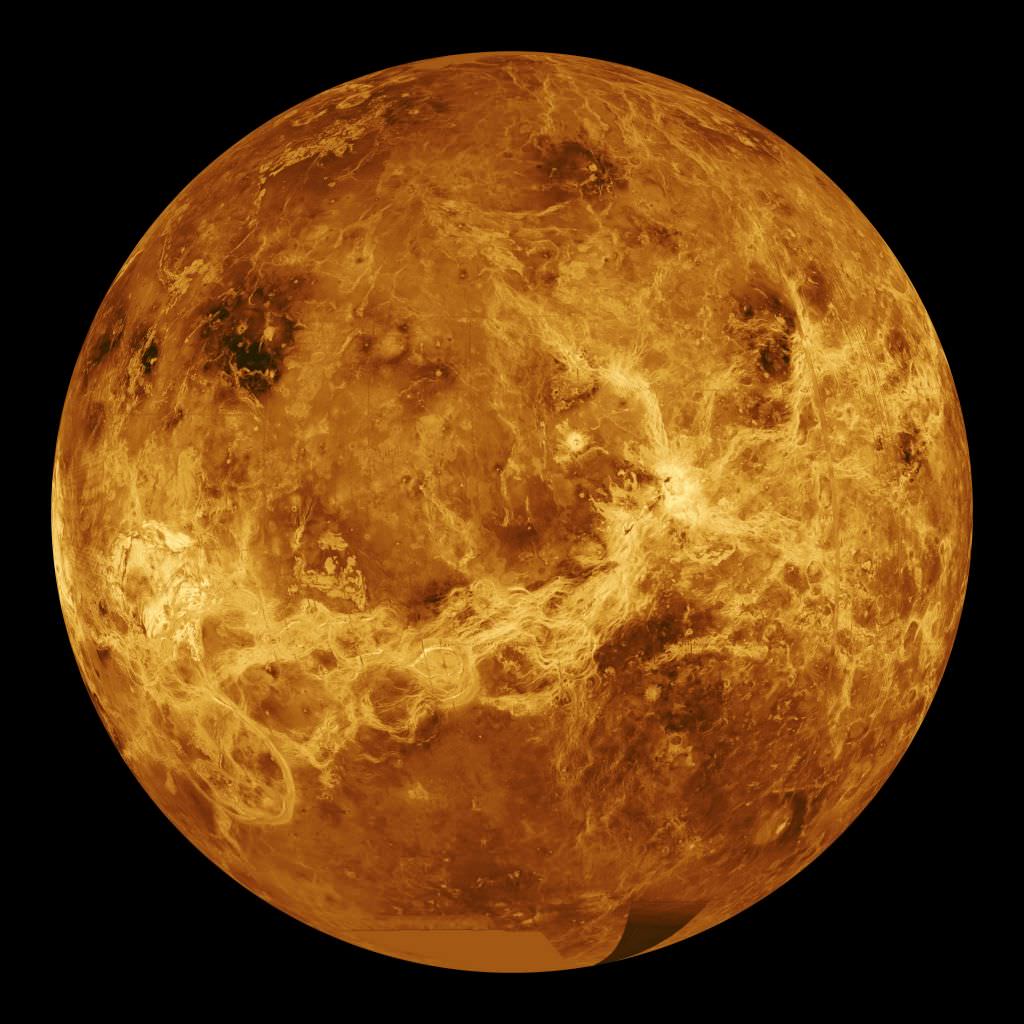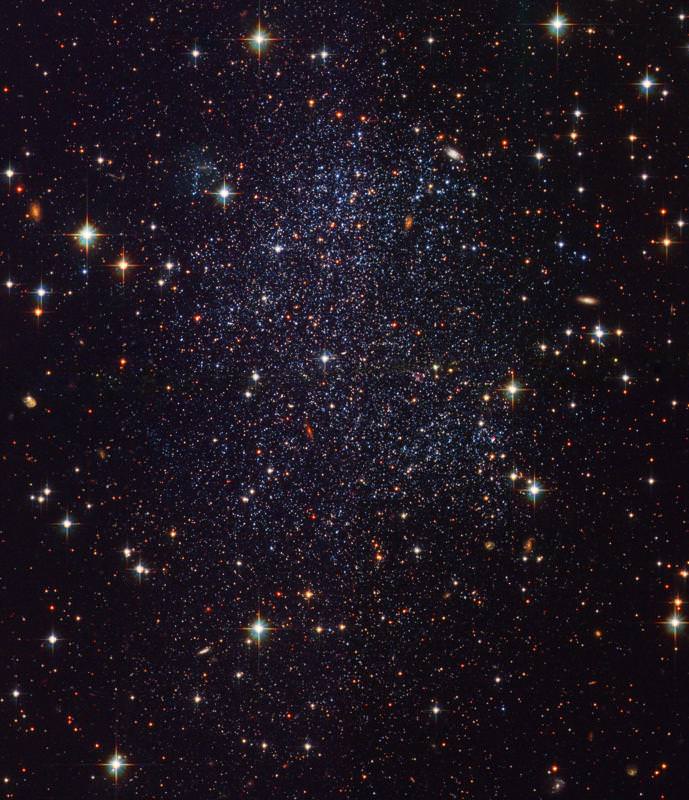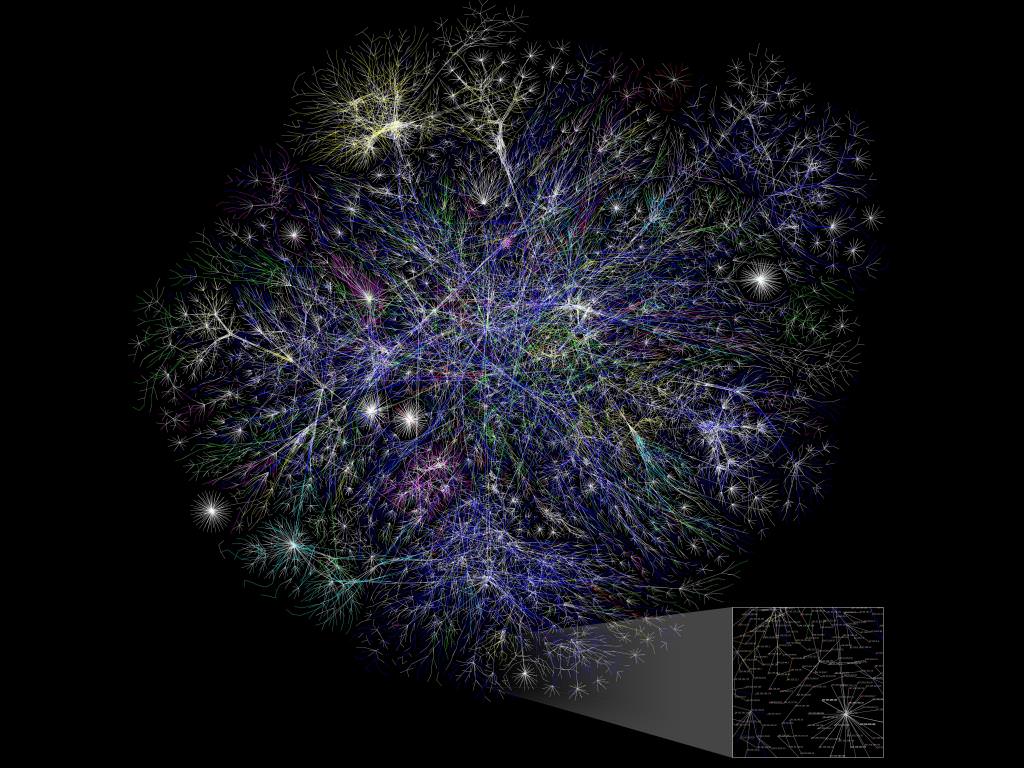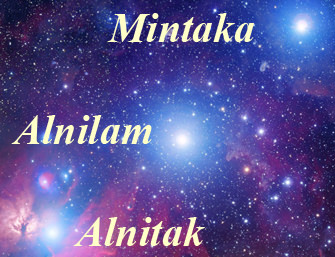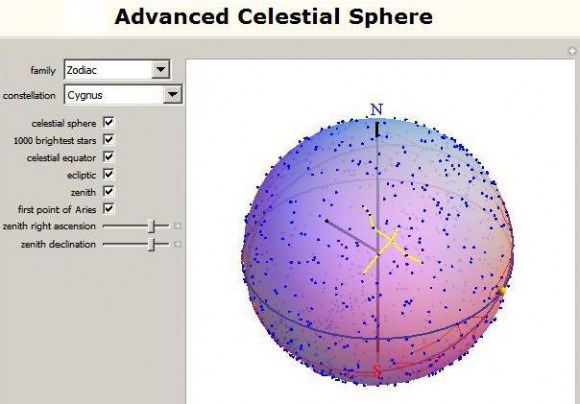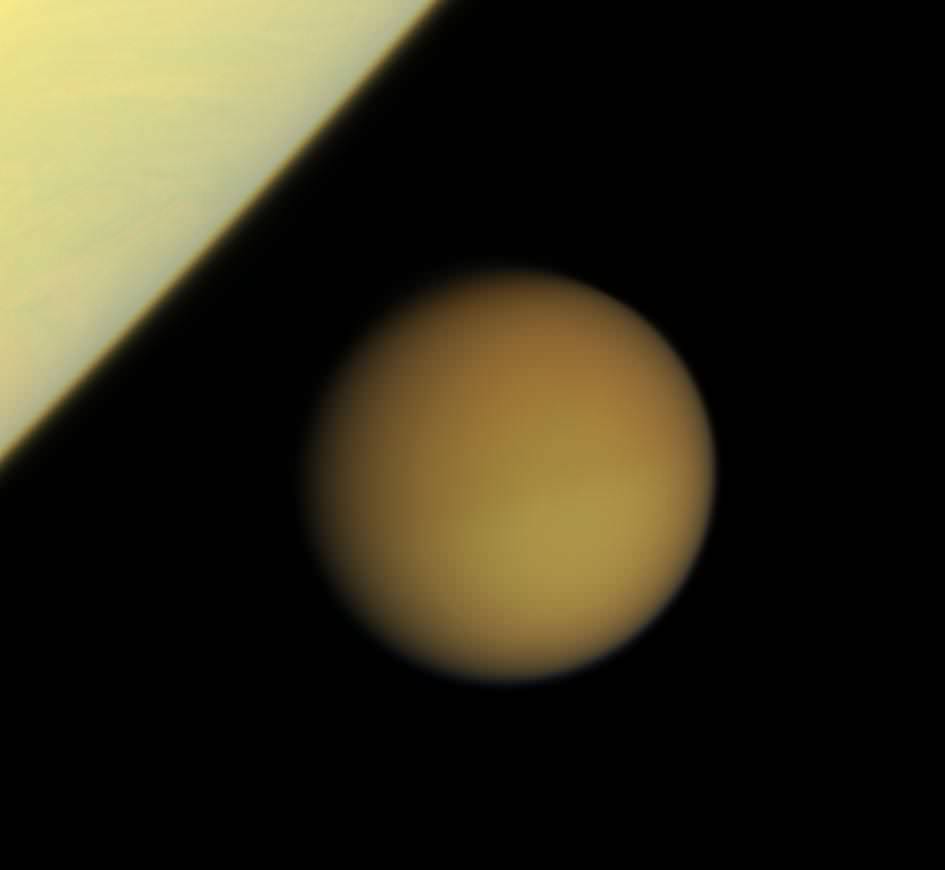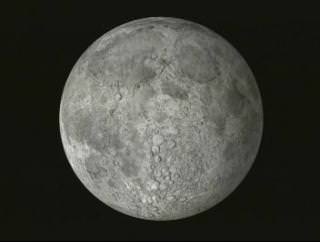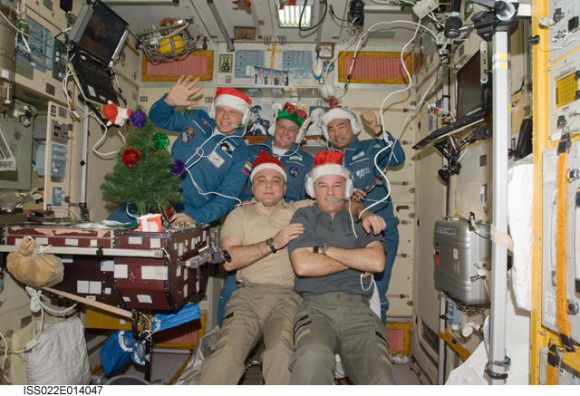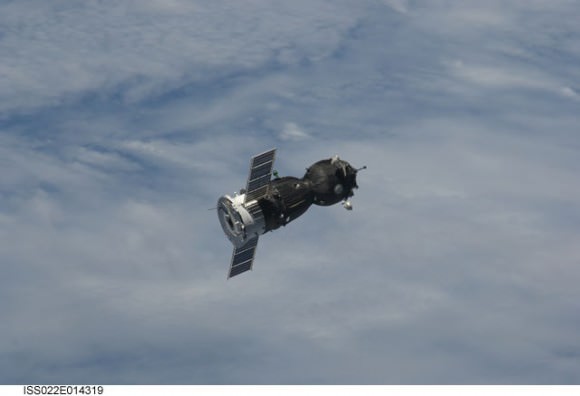[/caption]The term celestial body is as expansive as the entire universe, both known and unknown. By definition a celestial body is any natural body outside of the Earth’s atmosphere. Easy examples are the Moon, Sun, and the other planets of our solar system. But those are very limited examples. The Kuiper belt contains many celestial bodies. Any asteroid in space is a celestial body. So, what do you write about with such a broad topic? How about a sampling of five of my favorites and leave it at that for now? Which five, though. Well, let’s cover Ceres, the Kuiper belt, the asteroid Cruithne, Achernar, and Apophis.
Ceres is a celestial body that is by far the largest and most massive asteroid in the belt between Mars and Jupiter. It is approximately the size of Texas or 975km x 909 km with a mass of 9.5×1020. It actually represents 1/3 of all of the mass of the asteroid belt. It has enough mass for self gravity which is a major requirement to be considered a dwarf planet. It revolves around the sun every 1679.819 days with a very small axial tilt. The surface is relatively warm. The high temperature is thought to be in the neighborhood of -38°C(235 K). Ceres has a visual brightness magnitude of +6.9 to +9. When it is at the brightest point possible, Ceres is nearly bright enough to be seen with the naked eye. It can be seen with binoculars whenever it is above the horizon on a completely dark night.
The Kuiper belt contains many a celestial body. It is actually a disk-shaped region in the outer solar system lying beyond the orbit of Neptune and extending to a distance of about 50 astronomical units, containing thousands of small icy bodies, some of which are on highly elliptical orbits, periodically visiting the inner solar system as comets. It is thought to be a collection of the remnants of the formation of the solar system. Who knows what may be found when we are able to send spacecraft to its edges?
As a celestial body, the asteroid Cruithne is sort of small and indistinct until you consider that it is locked in a 1:1 orbit with the Earth. The asteroid is sometimes referred to as the Earth’s second moon. It is not a true moon because the Earth’s gravity does not effect it nor does its effect the Earth. Cruithne’s nearest pass to Earth is .1 AU (40 moon lengths), although right now it never comes closer than .3 AU. The asteroid sort of runs like a corkscrew around the Earth while both are revolving around the Sun. The asteroid Cruithne is in a normal elliptic orbit around the Sun. Its revolution around the Sun, approximately 364 days at present, is almost equal to that of the Earth. Because of this, Cruithne and Earth appear to follow each other in their paths around the Sun.
The celestial body Achernar is a bright, blue, B3-type star of six to eight solar masses lying approximately 144 light years away. It is classified as a dwarf, but it is 3,000 times more luminous than our Sun. It is in the deep southern sky and never rises above 33°N. Achernar is best seen from the southern hemisphere in November; it is circumpolar below 33°S. Achernar spins so quickly that is spherical in shape. The distance along its equator is 50% greater than its polar diameter. It is the brightest star in the Eridanus constellation. It is also the 9th brightest star in the night sky. Of the 10 brightest stars, other than our Sun, it is the hottest and bluest.
The celestial body Apophis is one of the most intriguing, to me. It is the stuff that many sci-fi legends have been based on. Apophis is most famous for the stir it caused in 2004. The asteroid was discovered on its way towards the Earth and was predicted to have a 2.7% chance of impacting the Earth. That in and of itself is not significant. Objects impact the Earth on a yearly basis. The size of Apophis was the major concern. Even a small chance that an asteroid the size of a small town hitting the Earth rightly caused a large commotion. It achieved the highest score ever on the Torino scale and it stayed on an elevated level for longer than any other asteroid ever has. It was eventually studied enough to know that it would not hit the Earth in 2004. The asteroid will pass again in 2029. Scientists predict that it will not hit the Earth, but it may pass through a gravitational keyhole that could alter its orbit enough that it could impact in 2036. The chances are slight, but real. Even if it doesn’t hit a keyhole in 2029 it will return every seven years and may pose a serious threat in the future. Scientists have proposed that Apophis be nudged out of its present orbit into an orbit that takes it further from the keyhole. NASA scientist David Morrison says, “After 2029, the deflection would have to be vigorous enough to miss not just a tiny keyhole but the much larger target of the Earth itself. And such a deflection is far beyond present technology for an asteroid this large.”.
Many things can make a celestial body interesting. Everyone has their favorites. Mine happen to be the five I have listed. Each can be further researched here on Universe Today. Follow these links to find what you need: Ceres, the Kuiper belt, the asteroid Cruithne, Achernar, and Apophis. Astronomy Cast offers a good episode about the mind-boggling possibility of multiple universes. Here’s a list of the 10 brightest stars.
Sources:
http://planetary.org/explore/topics/asteroids_and_comets/ceres.html
http://userpages.umbc.edu/~gwilson/kuiper.html
http://www.astro.uwo.ca/~wiegert/3753/3753.html
http://en.wikipedia.org/wiki/Achernar
http://neo.jpl.nasa.gov/apophis/


